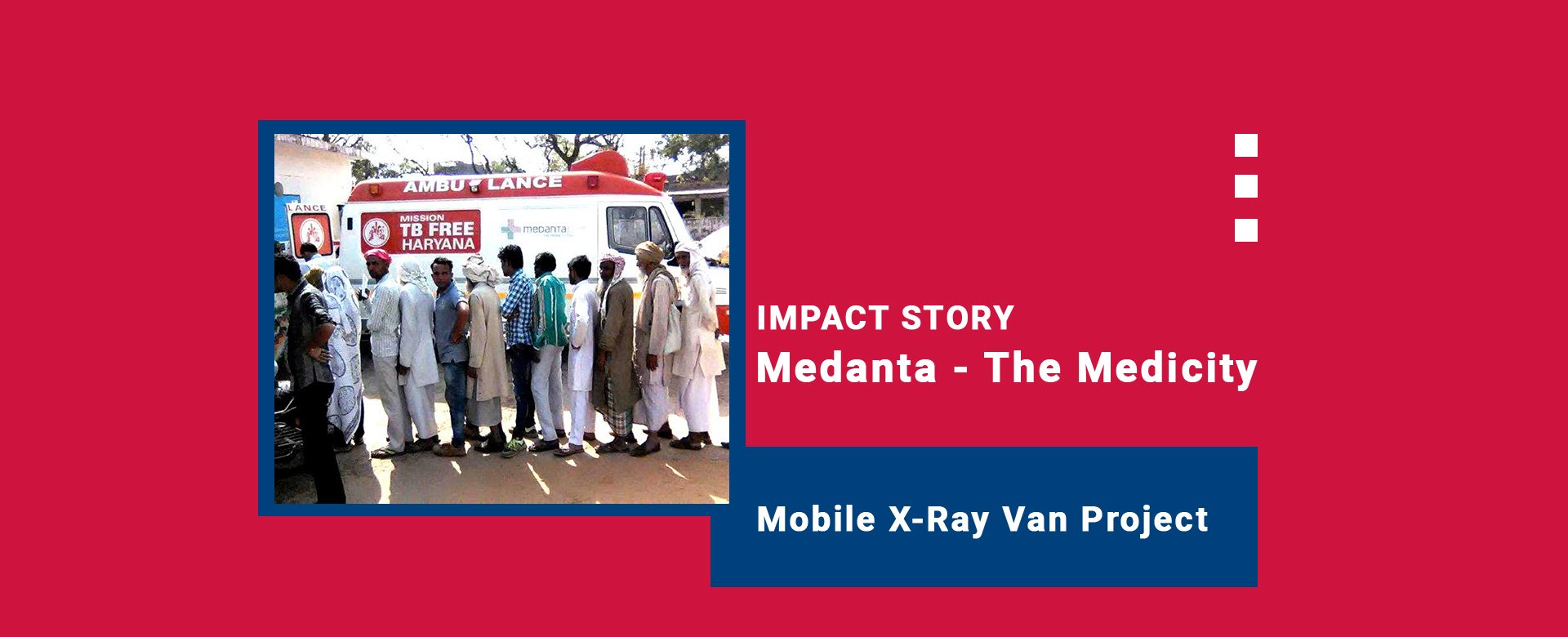
Finding the Missing TB Patients
Despite rapid economic transformation over the last three decades, the state of Haryana has witnessed high rural-urban disparity with respect to access to quality healthcare. While the status of health infrastructure in Haryana is better than the national average, the provisions of healthcare facilities are largely concentrated in few pockets and locations in urban centers. About 92% of total hospitals in the state are located in urban areas. This, when 70% of the state’s total population of 25 million souls (Census of India, 2011) reside in rural areas. In addition, there is a large marginalized migrating population, which is often unable to leave their daily wage jobs to access quality healthcare.
Most peripheral public health facilities – Primary and Community Health Centers (PHCs & CHCs) rely on one of the cheapest and quickest ways to screen TB patients – sputum microscopy. Due to high level of skills required in sputum microscopy upto half of the cases my go undetected. Medanta Hospital – one of India’s largest super speciality hospital located in Haryana, stepped in to reach the unreached – identify the missing sputum negative TB cases in Haryana.
Intervention
Mission TB Free Haryana, launched in 2015, is a public private partnership between the Government of Haryana and Medanta Hospital to increase access to TB care in rural Haryana. Medanta’s tripartite intervention model is hinged on strengthening the robust National TB Program by finding missing TB patients and establishing linkages between the patients and the government health care and treatment Medanta has mobilized over Rs. 30 million for the project.
Three-pronged intervention strategy
Championing pvt-pvt partnerships X-Ray Tests at rural government health facilities
Enhanced case finding Community outreach camp
Active case finding Door to door screening
Impact
The X-ray vans have provided screening support across 19 of the 22 districts of the state. Of the total no. of people screened, about 30% had abnormal X-Rays and around 10% have been moved to the Directly Observed Treatment, Short-Course (DOTS) program said Dr. Bornali Dutta, Project Lead, Mission TB-Free Haryana. The success of the intervention is proven by the project being scaled up in 4 additional states of India – Uttar Pradesh, Rajasthan, Jharkhand and Meghalaya.
Key Lessons
The model showcases that supporting the National government program by converging resources and filling gaps has proven successful. The project identified innovative solutions, effectively utilized resources available and mobilized additional funds from CSR kitties. This then, led to scaling up the project to include active case finding and a comprehensive approach in Pataudi block.